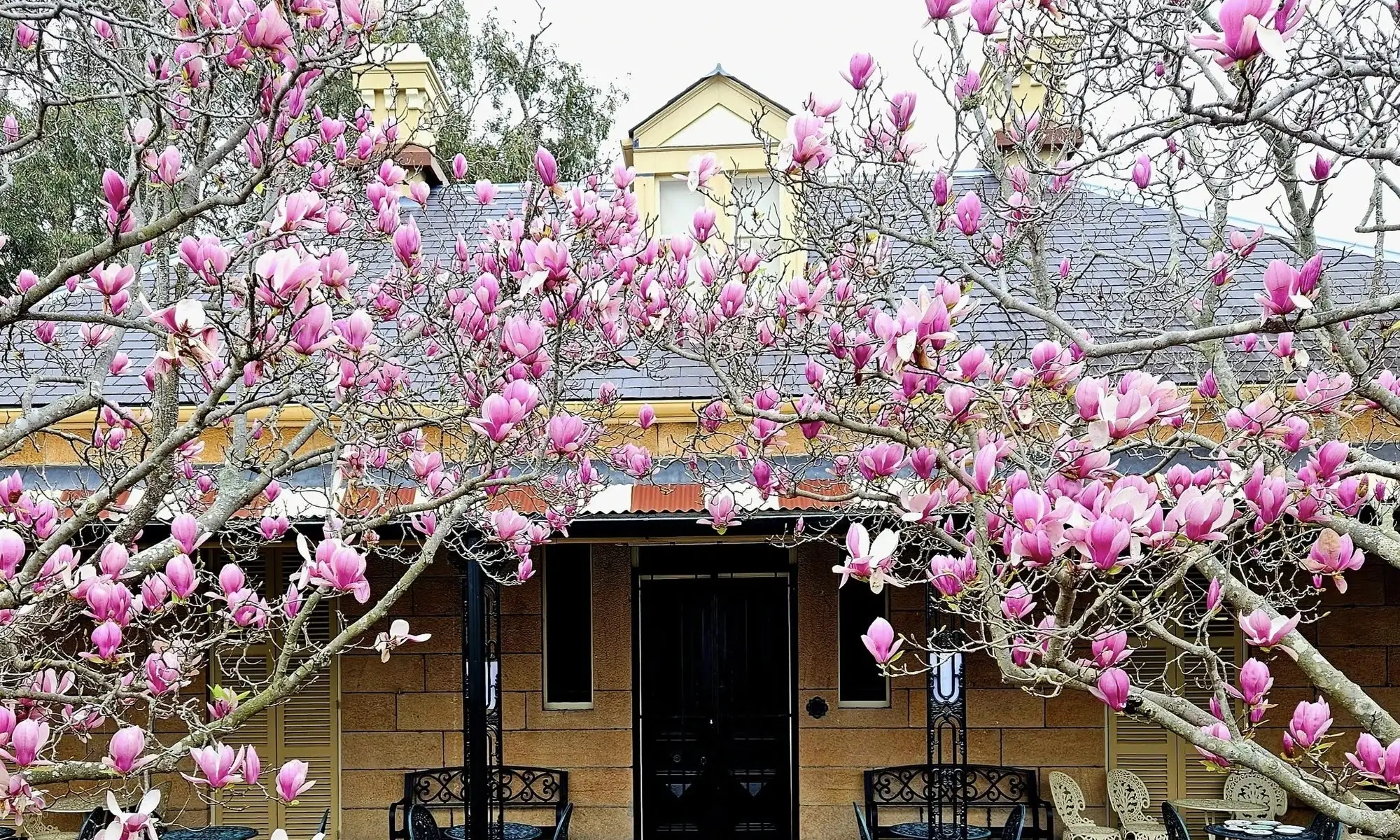by Frances Stacey “Rockdale College” was originally founded by the Rev. C.T. Forscutt, when he was 40 years old. He was born in Newtown and became a preacher at the Enmore Tabernacle for some years. Later at the age of 40 years, he decided he would found a Boys’ School and was greatly encouraged by …
Old St. David’s Church Of England Arncliffe
by Peter Orlovich The following article, from the researching pen of Mr. Peter Orlovich, M. A. , a member of our Society, deals with certain phases of the early history of Old St. David’s Church of England at Arncliffe, and also throws light on the pioneering Hannam family who were amongst the early settlers of …
Continue reading “Old St. David’s Church Of England Arncliffe”
Merry Christmas and a Happy New Year!
On behalf of the St George Historical Society Committee, we wish everyone good health and happiness during the festive season.
A Link with the Past
by Fred Gannon In his beautiful home at Tempe Mr. Fred Gannon, who is the oldest solicitor on the rolls of New South Wales, now spends the quiet evening of his days. He has reached a hardy old age of 85 interesting years; his wife is still living, and his sons and relations worthily carry …
Book Review – The Aborigines of the Sydney District before 1788 by Peter Turbet, Kangaroo Press 1989 (160 pages)
reviewed by Laurice Bondfield The author collects together in this small book as much information as possible about the tribes who lived in the Sydney region before 1788. He covers such topics as social organisation, languages, food gathering, marriage and family life, medical treatments, religion, initiation and artistic expression. Although the Aboriginal people who lived …

